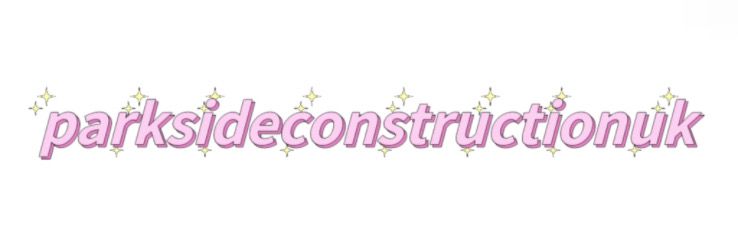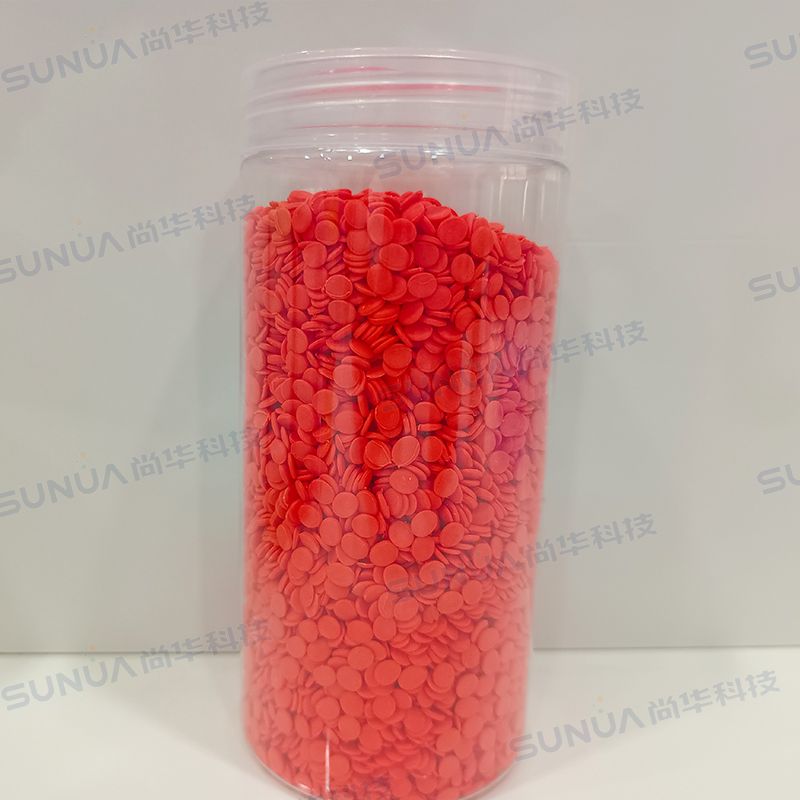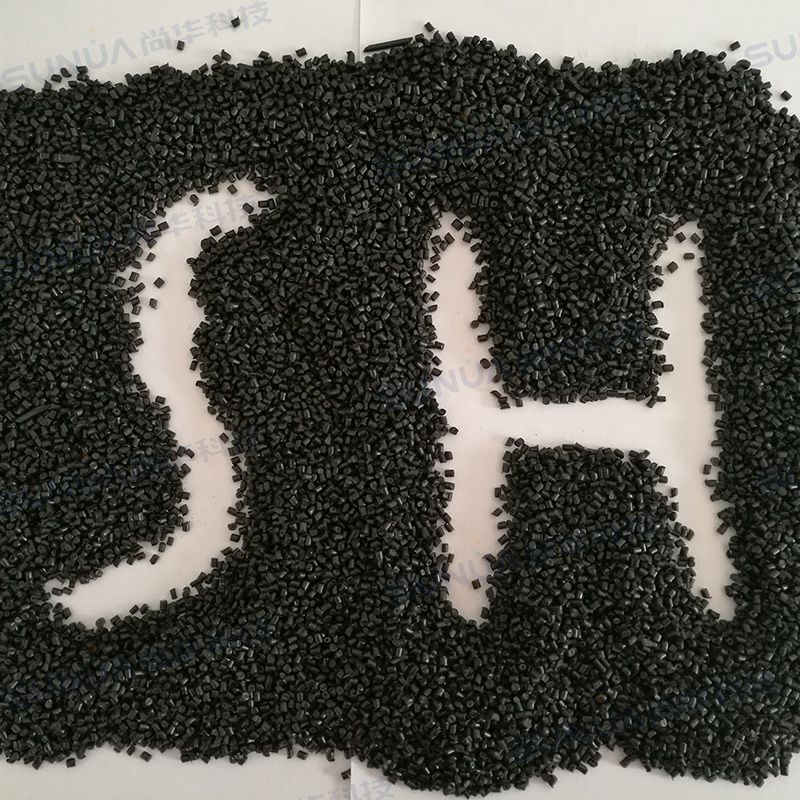An article to give you a comprehensive understanding of plywood
Plywood, also known as plywood, thin core board, three-ply board, and five-ply board, is a three-layer or multi-layer odd-numbered plate-like material made by peeling wood segments into veneers or planing wood squares into thin wood, and gluing them with adhesives. The fiber directions of adjacent layers of veneers are perpendicular to each other.
In the same plywood, veneers of different tree species and different thicknesses are allowed to be pressed together at the same time, but the symmetrical two layers of veneers require the same tree species and thickness. So when looking at plywood, the veneers on both sides are unified in color and thickness with the middle veneer as the center.
In terms of the use of plywood, most major industrialized countries use it in the construction industry, followed by shipbuilding, aviation, carriages, military industry, furniture, packaging and other related industrial sectors. China's plywood products are mainly used in furniture, decoration, packaging, building templates, carriages, ships, and production and maintenance.
The length and width are generally: 1220×2440mm;
The thickness specifications are generally: 3, 5, 9, 12, 15, 18mm, etc.
In the finished plywood, the inner veneer except the surface board is collectively called the middle board; it can be divided into short middle board and long middle board.
Common plywood veneer wood species include: poplar, eucalyptus, pine, miscellaneous wood, etc.
Plywood veneers can be divided into: special grade, first grade, second grade, and third grade boards according to the appearance grade.
Special grade: the board surface specifications are flat, without holes/seam/skin/dead knots, large burrs;
First grade: the board surface specifications are flat, without interlayer/bark holes, with seams and knots;
Second grade: the board surface is basically regular, with a small amount of interlayer and bark holes;
Third grade: the length and width of the board surface are incomplete, with interlayer, bark holes, and many defects.

The plywood surface board is the veneer used as the outermost layer of plywood, which is divided into front panel and back panel.
Common wood species used as plywood surface: Okoume, mahogany, poplar, birch, red olive, mountain osmanthus, ice candy, pencil cypress, big white wood, Tang wood, yellow tung wood, yellow olive, clone wood, etc.
Common plywood surface wood colors include: peach, red, yellow, white, etc.
The production process of plywood is generally as follows:
Peeling: first peel the log into thin veneer.
Gluing: Apply glue on the cut thin veneer
Additional resources:Key Questions to Ask When Choosing a Solar-Powered Garden Light
How Water Powered Pumps Revolutionize Sustainable Farming?
How Does Waterproof Outdoor Gear Cost Work?
Key Questions to Ask When Evaluating PE Coated Tarpaulin Durability
How Does Steel Wire Mesh Support Tunnels?
Maximize Strength with Single Bars Reinforcing Mesh Panel
Optimizing Construction with Tailored Reinforcing Mesh 2024
Assembling: Combine the thin veneers with glue together.
Cold pressing: Cold press the combined thin veneers into a wooden board.
Hot pressing: The cold pressed wooden board is then hot pressed.
Sanding: After the hot pressing is completed and cooled, the edge is sawed, and then the surface of the board is sanded
Because plywood is made of slabs that are crisscrossed according to the direction of the wood grain after the glue is applied, and pressed under heating or non-heating conditions, it can overcome the defects of wood to a large extent, improve the utilization rate of wood, and thus save wood.
Plywood is made of multiple layers, so it is much cheaper than solid wood.
The physical and mechanical properties of plywood in the vertical and horizontal directions are relatively small, which can greatly improve and enhance the physical and mechanical properties of wood, have good dimensional stability, and are resistant to warping and cracking.
Plywood can retain the natural texture and color of wood, has a flat appearance, and is relatively wide and thick, so it has a strong covering ability and is easy to apply and construct.
The first thing to examine is the material of the plywood. The prices of different tree species are different. When decorating, we can choose the appropriate variety according to the decoration budget.
Generally, the surface damage of inferior plywood is more serious. Therefore, for those boards with damage on the surface, or bruises and scars, you need to pay attention to the quality of the board during the purchase process.
In addition, some boards are made by gluing two veneers with different textures together, so when purchasing, you should check whether the joints of the plywood are tight and whether there are any unevenness.
Observe whether there are cracks, wormholes, bubbles, stains and other bad marks on the surface of the plywood.
Plywood generally has two major surfaces, front and back. When selecting, the texture of both sides of the board should have a certain clarity and a certain smoothness, without roughness and unevenness, and preferably without nodes.
Observe whether the color and texture of the plywood are consistent.
Since some plywood is glued together, it is necessary to observe whether its color and texture are consistent, and whether the color of the wood is coordinated with the color of the furniture paint. The color of the plywood to be purchased should be coordinated with the overall effect of the decoration.
Then check whether the workmanship of the plywood is fine.
When selecting plywood, you should choose those boards that do not loose glue for application. If the plywood is degummed, it will not only affect the construction, but also cause pollution. Therefore, you can gently knock the board with your hand when selecting. If a crisp sound is made, it means that the board is well glued. If a heavy sound is made, it means that the board is degummed.
Why and How You Should Choose a Marble Fireplace?
A Comprehensive Guide to Different Types of Bristle Paint Brushes
What benefits does fire retardant mesh fabric provide?
Hotel conference table on the functional relationship and layout of the meeting room
How Does PE Coated Tarpaulin Enhance Durability?
Top Heavy Duty Pipe Supports for Sale in 2024
Pipe Brace Clamps vs. Traditional Clamps: Which Reigns Supreme?
- Previous: None
- Next: None



